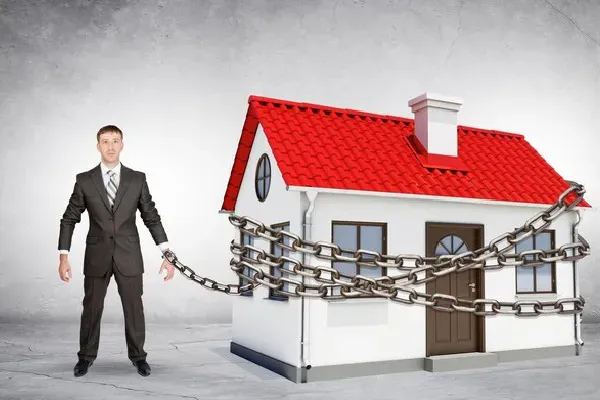
Buying A House After Bankruptcy - Things To Consider
Buying A House After Bankruptcy - Things To Consider

Financing After Bankruptcy: Key Considerations
After a bankruptcy discharge, the prospect of securing financing can be both enticing and challenging. While it is possible to obtain loans shortly after bankruptcy, it's crucial to approach this opportunity with caution. Here are important factors to consider before committing to new financing, especially for a significant purchase like a home.
1. Understanding Pre-Payment Penalties
What Is a Pre-Payment Penalty?
Definition: A pre-payment penalty is a fee charged if you pay off your loan early, either by refinancing or selling the property before the penalty period expires.
Typical Penalty: This is often equivalent to about six months’ worth of payments and can last for 2-3 years from the loan’s inception.
Why It Matters:
Locked-In Situation: If you need to sell or refinance within this penalty period, you could face significant financial setbacks.
Plan Accordingly: Ensure you have the means to make consistent payments throughout the penalty period. If you anticipate needing flexibility, this penalty could be a significant drawback.
2. Waiting for the Two-Year Mark
Benefits of Waiting:
Improved Loan Terms: After 2-3 years from your bankruptcy discharge, obtaining a mortgage becomes easier. Lenders are more likely to offer favorable terms with a lower down payment and without pre-payment penalties.
Better Options: If you are close to reaching the two-year mark, it might be wise to wait to have access to better financing options and more favorable loan conditions.
Strategic Timing:
Evaluate Your Timing: Assess how close you are to the two-year mark. If you’re within six months, consider holding off on major purchases until you have access to better loan terms.
3. Avoiding Financial Strain
Assessing Affordability:
Realistic Budgeting: Ensure that any new mortgage or loan payment is within your budget and does not stretch your finances too thin. Consider your income stability and future financial outlook.
Conservative Approach: Avoid maxing out your borrowing capacity. Choose a home or loan amount that you can comfortably afford, even if your income fluctuates.
Financial Stability:
Emergency Fund: Maintain a financial cushion to cover unexpected expenses or income drops. This will provide a safety net and prevent you from being overwhelmed by new debt.
4. Making an Informed Decision
Evaluate All Options:
Compare Loan Offers: Look at different lenders and loan products to find the best fit for your financial situation. Pay attention to interest rates, terms, and any additional fees.
Consult a Financial Advisor: Consider seeking advice from a financial advisor or mortgage specialist who can provide guidance tailored to your unique situation.
Long-Term Planning:
Strategic Goals: Align your decision with your long-term financial goals. Ensure that your choice supports your overall financial health and stability.
In summary, while it is possible to secure financing shortly after a bankruptcy discharge, it's important to carefully evaluate the terms and implications of any new loan. By considering pre-payment penalties, waiting for better loan options, and ensuring affordability, you can make a more informed and financially sound decision.
